
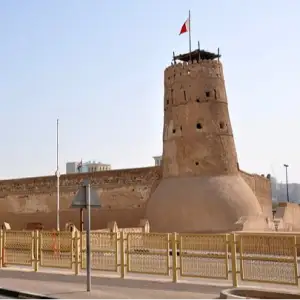
Al Fahidi Fort is the oldest existing building in Dubai, built in 1787 to defend the city. Today, it houses the Dubai Museum, offering a captivating journey through Dubai's history. The museum showcases traditional Arabian life, with exhibits ranging from ancient weaponry to life-sized dioramas that vividly depict the region's evolution. The fort’s architecture, with its wind towers and coral-stone walls, adds to the charm of this historical monument.
Browse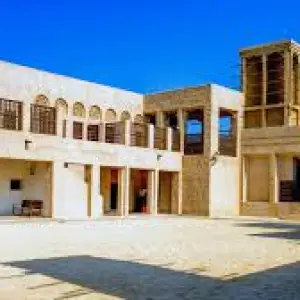
The Sheikh Saeed Al Maktoum House is a stunning example of traditional Emirati architecture and was once the residence of Dubai’s ruling family. Located in Al Shindagha, the house now functions as a museum that offers a detailed view of Dubai’s history. Its preserved rooms, wind towers, and ornate decorations provide visitors with an intimate look at the royal life and the city’s transformation. Photographs, documents, and artifacts on display illustrate the cultural richness and historical significance of Dubai.
Browse
As one of the most iconic mosques in Dubai, the Jumeirah Mosque stands as a beacon of Islamic architecture and culture. Open to non-Muslim visitors, it offers guided tours where you can explore its intricate design, including beautiful domes, minarets, and elegant carvings. The mosque’s welcoming environment makes it an ideal place to learn about Islamic traditions and history, as well as Dubai’s inclusive culture.
Browse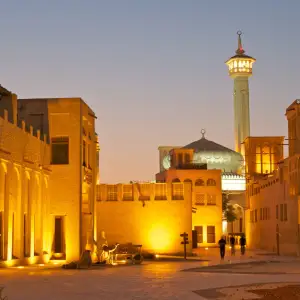
Al Bastakiya, also known as the Al Fahidi Historical District, is a preserved area that reflects the life and architecture of Dubai in the 19th century. The narrow lanes are lined with wind towers, a traditional form of cooling architecture, and the houses are built from coral stone, mud, and palm fronds. This district is home to art galleries, cafés, and museums, and offers a fascinating look at the city’s past before the skyscrapers took over. Walking through Al Bastakiya is like stepping back in time, with its historic homes and old-world charm.
Browse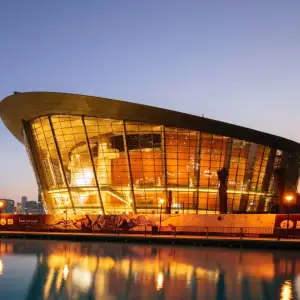
While a modern addition to the Dubai skyline, the Dubai Opera House draws inspiration from the city's cultural roots and traditional dhow boats. The design of the Opera House combines classical Arabic styles with cutting-edge architecture, and it serves as a center for Dubai’s vibrant arts scene. The venue hosts performances, concerts, and exhibitions, making it a unique cultural monument that fuses the past and present.
Browse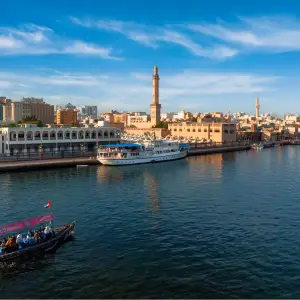
Dubai Creek has played a pivotal role in the development of Dubai as a trading hub and is one of the oldest parts of the city. Historically, it was the lifeblood of Dubai’s pearl diving industry and served as a key point for trading between the east and west. Today, the creek is a scenic area where visitors can take a traditional abra ride, enjoy views of old buildings and markets, and explore the Dubai Creek Tower. The surrounding area is home to the Heritage Village and the Dubai Museum, offering a deep dive into the city's past.
Browse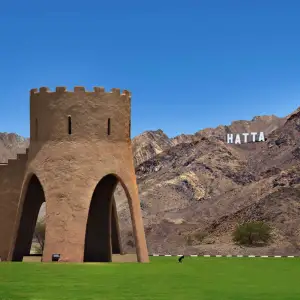
Nestled in the Hajar Mountains, Hatta Heritage Village offers an escape from the city and a fascinating insight into traditional life in Dubai. The village is a preserved site showcasing mud-brick houses, watchtowers, and an old mosque, illustrating the architecture and way of life that existed in the region before Dubai’s rapid modernization. Visitors can explore the village’s museum, which contains artifacts and displays about the area’s history, agriculture, and trade.
Browse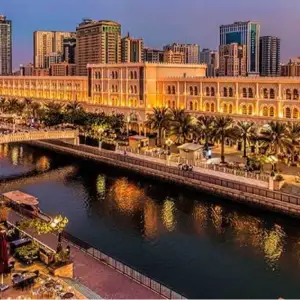
Located in the heart of Dubai’s historical district, Al Qasba Fort is a key landmark representing the city’s military heritage. This fort was built to defend the city and has been a witness to many key events in Dubai's history. The fort’s sturdy walls, large gates, and traditional features provide visitors with an opportunity to learn about the strategic importance of the region throughout history. Al Qasba is also home to several cultural festivals and events throughout the year, making it a living piece of history.
Browse
The Etihad Museum is an impressive tribute to the founding of the United Arab Emirates and its evolution into the dynamic nation it is today. Opened in 2016, the museum highlights key moments from the UAE’s history, such as the signing of the union agreement. The museum’s modern design features interactive exhibits, documents, and multimedia presentations, offering visitors a deep dive into the UAE’s journey from the desert to the global stage.
Browse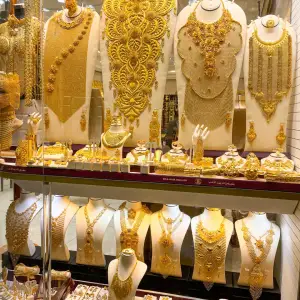
The Dubai Gold Souk is one of the most famous markets in the world, boasting an array of gold jewelry and precious metals. It is a reminder of Dubai's historical role as a trading center for the region. The souk’s narrow alleyways are lined with shops displaying a vast selection of gold, diamonds, and gemstones, making it an essential stop for anyone visiting Dubai’s historical side. The Gold Souk has been part of Dubai’s heritage for over a century and continues to be a vital part of the city’s economy and culture.
Browse